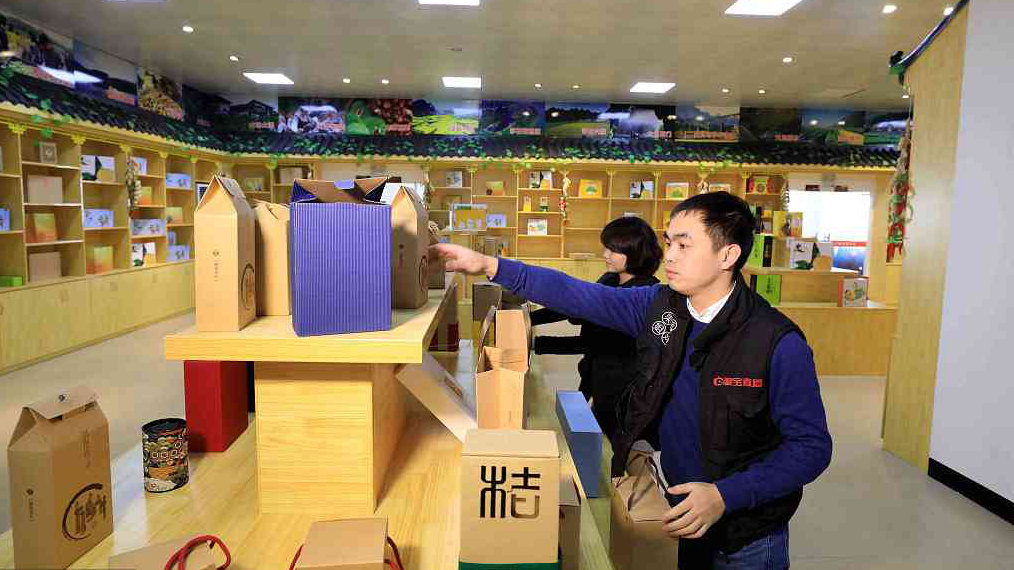
Economy
22:26, 20-Feb-2019
China's emerging cities pose strong growth potential
Huo Li

Improvements in transport infrastructure and industrial relocation have benefited China's emerging cities economically, and given them strong growth potential, according to report from the Economist Intelligence Unit (EIU) in January.
Suzhou from the eastern province of Anhui topped the ranking in 2018, helped by its rapid pace of urbanization and the strong forecast expansion of its metropolitan population. Investment has flowed into the city's Big Data and e-commerce companies.
Cities from Henan, Hubei and Hunan also ranked high on the list. Luoyang from Henan Province showed strong forecasts for disposable income and consumption growth in particular. These emerging cities also saw slower outward migrant labor flows than previous years.
The emerging cities have seen a booming local consumer market. As Colin Huang, founder of e-commerce company Pinduoduo put it, "Consumption upgrade isn't about giving Shanghainese the life of Parisians. It's about providing paper towels and good fruit to people in Anhui."
Close to 40 percent of Pinduoduo's customer lives China's third and fourth-tier cities, data released by Aurora Mobile from November last year shows. The company has seen revenue soar since its founding in 2015, revenue grew an estimated five-fold in 2018 to about 1.9 billion U.S. dollars and is projected to double this year to 4.1 billion U.S. dollars, ranking as the third largest e-commerce companies behind Alibaba Group and JD.com Inc.
Nielsen data shows that the Consumer Trend Index in China's third- and fourth-tier cities saw a clear growth in 2018, reaching 116 and 112 points respectively, mainly driven by the rising job prospects. China's retail sales of consumer goods grew nine percent in 2018, according to the National Bureau of Statistics.
Report from iResearch Consulting Group shows that about 60 percent of the newly added shopping centers were located in the third- and fourth-tier cities in 2017. Compared with 2012, the number of screens in third- and fourth-tier cities increased by 2.27 times and 3.10 times respectively in 2017.
The EIU's China Emerging City Rankings are based on a variety of indicators to measure growth, including real GDP, metropolitan population, disposable income, urban consumption expenditure, foreign direct investment, fixed-asset investment, and the urban built area and policy support.

SITEMAP
Copyright © 2018 CGTN. Beijing ICP prepared NO.16065310-3
Copyright © 2018 CGTN. Beijing ICP prepared NO.16065310-3